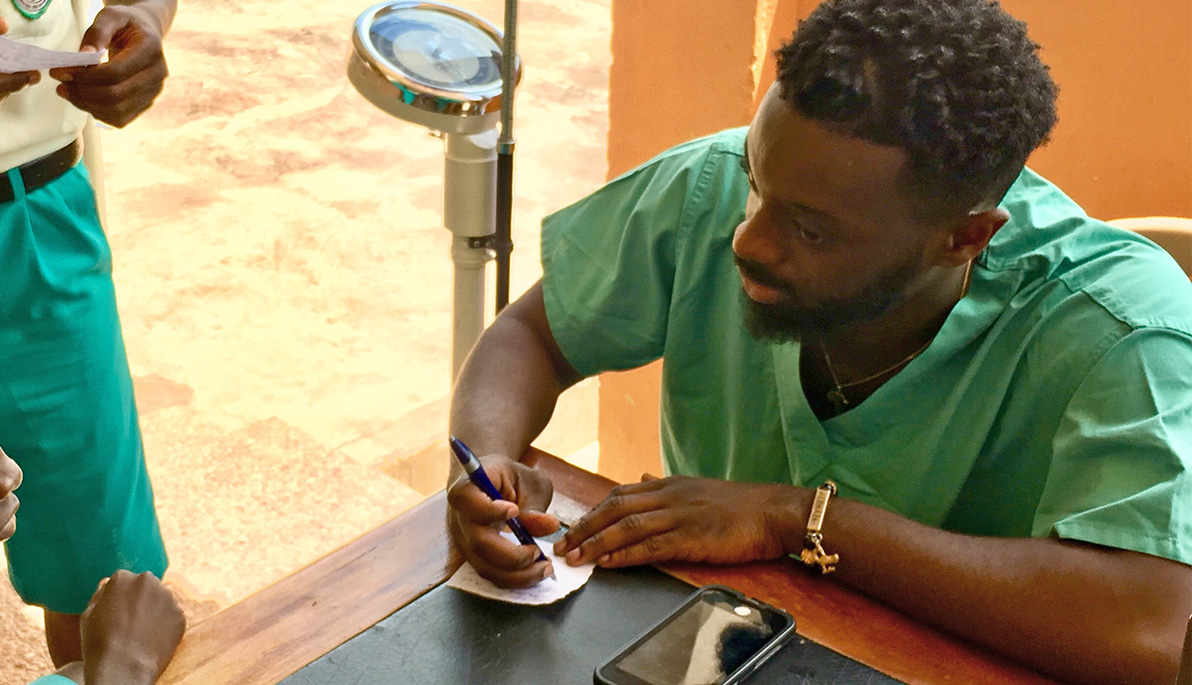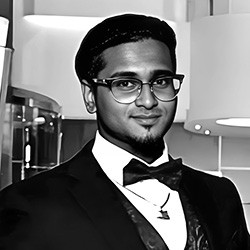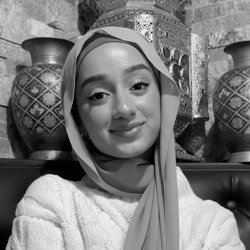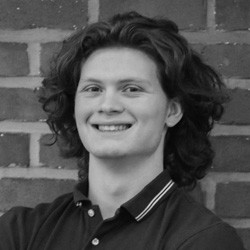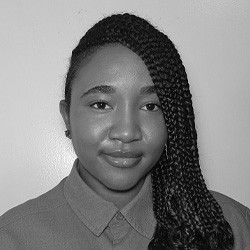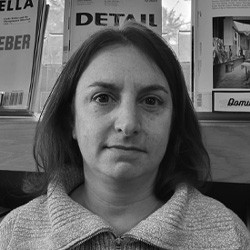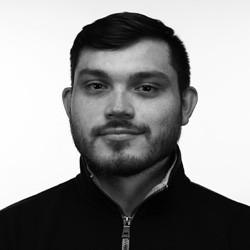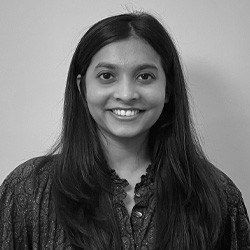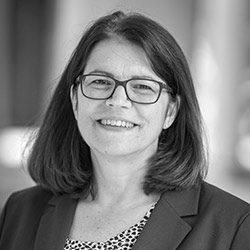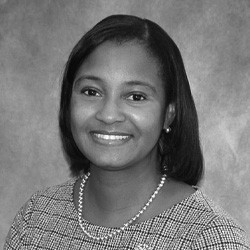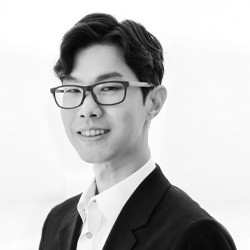In Pursuit of Positive Change
As a child, Jermaine Osei-Tutu remembers several family members and neighbors dying at early ages from seemingly preventable diseases. As often accompanies lower socioeconomic areas, Osei-Tutu’s family members and neighbors died as a result of healthcare disparity and an inability to access proper treatment.
“The majority of my family lives in Ghana, where many of them passed away,” says Osei-Tutu. “I was also born in subsidized housing in Toronto, Ontario, which is where I saw the effects of health disparities on a domestic level.”
Realizing that if he pursued a medical degree, he could go about making positive changes to help end such inequity and provide care to those in need. One of his main goals as an aspiring radiologist is to bridge gaps in healthcare delivery by bringing awareness and introducing advanced medical technology to underserved areas.
He had the opportunity to do this first-hand on a service-learning trip to Ghana through the NYIT College of Osteopathic Medicine (NYITCOM) Center for Global Health. During their time there, the students educated the community about hygiene and nutrition and applied osteopathic treatment techniques. Because he speaks Twi, Osei-Tutu was able to translate for his fellow students and the faculty.
Knowing that Ghana experiences a large number of preventable roadside fatalities annually due to chronic traffic, lack of sufficient infrastructure, and infrequent use of ambulances, Osei-Tutu wanted to do something about it. After witnessing tragedies first-hand on the trip, he, Director of Global Health Lillian Niwagaba, Ph.D., and another student reached out to the CEO of TraumaLink, a non-profit organization based in Bangladesh that uses a volunteer-based emergency response system to reduce highway injuries and deaths.
“We discussed how he launched this in Bengal and what needed to be done in terms of needs assessment and collaboration with the Ministry of Health in Ghana,” says Osei-Tutu. They are now working to institute a similar volunteer-based emergency response system in Ghana.
In the classroom, Osei-Tutu is working on research studies. He collaborated on a project on surface metrology, which he correlated to the histopathology of aortic stenosis.
“Aortic stenosis is essentially the stiffening/narrowing of the valve in the major artery in the heart that pumps blood to the body,” he explains. “I collected samples of aortas from cadaver bodies and ran histopathology, which is basically a study of the tissue changes caused by disease. I compared the results of the surface metrology, which looked for irregularities of the valve which would suggest calcification of the vessels to ultimately investigate if there was a correlation between the two.”
He is also in the process of investigating the lack of exercise resources in rural Ghana and its potential correlation with the high prevalence of metabolic syndrome, conditions that raise the risk of heart disease, stroke, and diabetes.
Outside of the classroom, Osei-Tutu is actively involved in campus life, including mentoring first-year students as part of the Big Brother Big Sister Program and participating in the Radiology Club (AOCR). He is a member of the Gold Humanism Honor Society and a recipient of the NYITCOM Alumni Scholarship. Further, he was recognized by the Council of Osteopathic Student Government Presidents as a gold-level participant in the Translating Osteopathic Understanding into Community Health program.
Next up for Osei-Tutu: residencies in preliminary medicine at NYU Langone Hospital—Long Island and diagnostic radiology at SUNY Stony Brook at Mather Hospital. “I’m excited to continue my medical education at these well-renowned institutions,” he says.
In pursuit of his goal of bridging the gaps in healthcare disparities, Osei-Tutu plans to join the RAD-AID chapter at Stony Brook, which brings radiology to low-resource areas by delivering education, equipment, infrastructure, and support. “I hope to partake in several diagnostic and interventional radiology global projects.”
.jpg)
